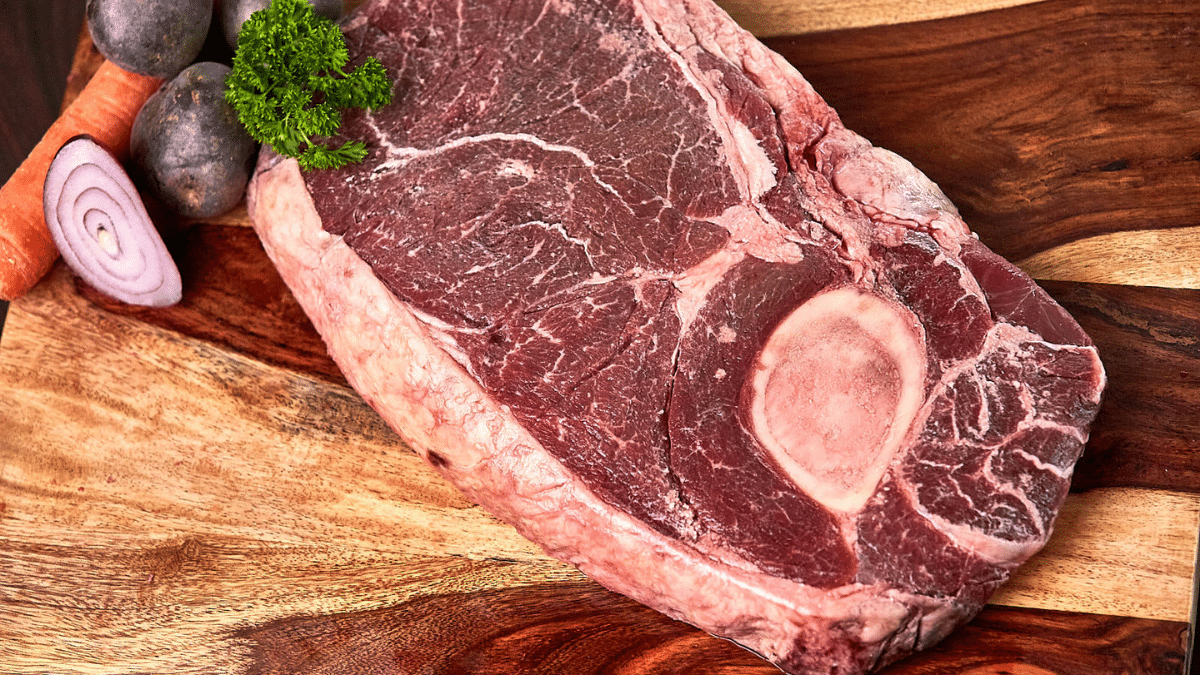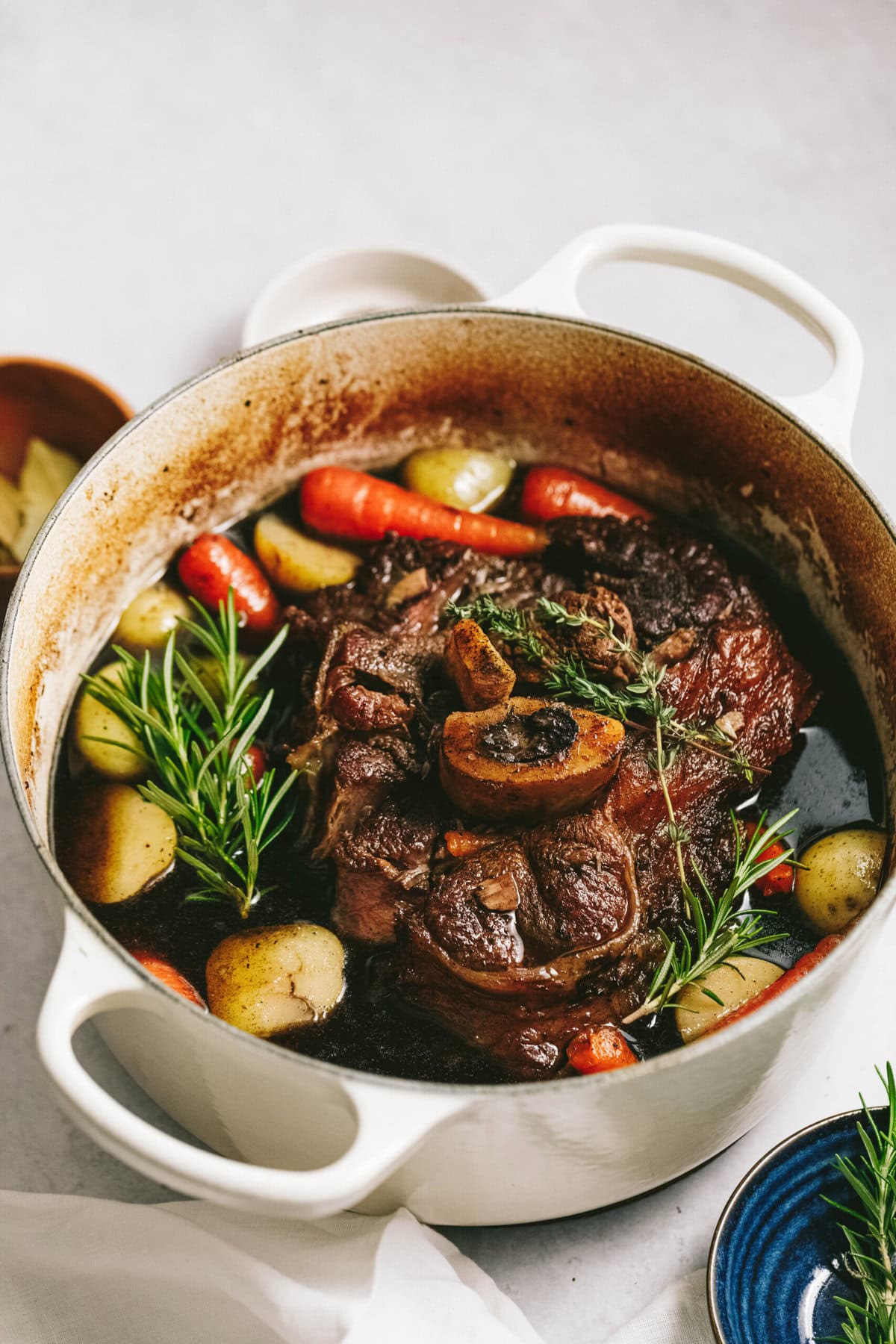Beef arm roast, also known as chuck arm roast, is a flavorful and inexpensive cut of meat that comes from the shoulder area of the cow When cooked properly, it becomes incredibly tender and juicy Follow this simple guide to learn how to cook a mouthwatering arm roast at home.
Benefits of Cooking Arm Roast
There are several advantages to cooking beef arm roast
-
It has a rich beefy flavor when cooked slowly over low heat. The marbling provides moisture, tenderness and taste.
-
It’s an economical cut of meat, making it budget-friendly for feeding a crowd. A 3-4 lb roast can feed 6-8 people.
-
The connective tissue breaks down during slow cooking, resulting in a tender, pull-apart texture.
-
It shreds beautifully for sandwiches, tacos, enchiladas and more after cooking.
-
It’s a simple, hassle-free cut of meat perfect for weeknight dinners or holiday meals.
Selecting the Best Arm Roast
When purchasing an arm roast, keep these tips in mind:
-
Look for good marbling throughout the meat for flavor and moisture. Avoid roasts with large chunks of hard fat.
-
Choose a roast about 3-4 lbs to feed 6-8 people. Larger roasts may not cook evenly.
-
Pick roasts with deep, rich red coloring without dried or brown spots.
-
Opt for the boneless version to make slicing easier after cooking.
-
Have the butcher trim off any thick outer pieces of fat to prevent greasy results.
Seasoning Your Roast
A simple seasoning blend is all you need to make the flavor of arm roast shine:
-
Salt and pepper provide standard seasoning. Apply liberally on all sides.
-
Onion powder, garlic powder, oregano and thyme add tasty depth.
-
Beef broth, red wine or balsamic vinegar help tenderize while providing moisture.
-
Soy sauce, Worcestershire sauce or steak sauce enhance the savory umami flavors.
Avoid over-seasoning, as slow cooking naturally intensifies flavors over time.
Cooking Methods for Tender, Juicy Results
Arm roast reaches tender perfection through slow, moist cooking methods. Here are the best techniques:
Oven Braising
-
Sear roast in a pan first to caramelize the outside.
-
Place roast in a Dutch oven with broth, wine or vinegar.
-
Cover and cook at 300°F for about 3-4 hours until fork tender.
Slow Cooker
-
Place seasoned roast in crockpot with onions, carrots, broth.
-
Cook on low setting for 8-10 hours.
-
Add potatoes in last hour to avoid overcooking.
Instant Pot
-
Sear roast in saute mode first.
-
Pressure cook on high 40-60 minutes depending on size.
-
Use natural pressure release. Roast should shred easily when cooked.
Doneness Tests
It can be tricky to know when an arm roast is cooked to perfection. Here are some tips:
-
Use a meat thermometer to test for doneness. Look for 195-205°F.
-
Check if a fork or knife slides in and out of the thickest part easily.
-
The meat should shred apart without resistance when poked with a fork.
-
Cut into the roast after cooking. It should be juicy, not dry or tough.
Allow the roast to rest about 15 minutes before slicing to let juices redistribute.
Serving Suggestions
Arm roast pairs deliciously with these side dishes:
-
Buttery mashed potatoes or roasted potatoes
-
Egg noodles or rice pilaf to soak up juices
-
Sauteed mushrooms or onions
-
Steamed vegetables like carrots or broccoli
-
Fresh bread, dinner rolls or biscuits
-
Crisp green salad with balsamic vinaigrette
Leftovers make incredible sandwiches layered on crusty bread or rolls. The shredded meat also works well in tacos, burritos, nachos, pasta dishes and more!
Storage Tips
-
Let leftovers cool completely before refrigerating.
-
Store in airtight container up to 4 days.
-
Add remaining juices to keep the meat moist.
-
Reheat gently in the oven or on the stovetop to avoid drying out.
-
Freeze shredded meat for up to 3 months for quick meals later.
Common Questions
What if my roast turns out tough?
A tough roast usually means it wasn’t cooked long enough. Be patient and cook it longer, testing periodically for doneness. The fibers need time to fully break down.
Can I speed up cooking time?
Yes, cutting the roast into chunks before cooking reduces the cooking time. But for best results, keep roast whole and allow plenty of time for even cooking.
What’s the difference between arm roast and chuck roast?
Arm roast comes from higher up on the shoulder. Chuck roast comes from lower down near the neck. They can be used interchangeably in recipes.
Can I use other liquids besides broth or wine?
Yes, you can use beer, cola, applesauce, or other braising liquids. Stick to about 1 cup total added liquid.
The Perfect Meal
With its deep, beefy flavor and luscious tenderness achieved through low and slow cooking, arm roast makes the ultimate hearty, comforting meal. Using simple ingredients and easy cooking techniques, you’ll impress your family with this economical cut transformed into a mouthwatering centerpiece worthy of any occasion.

Ingredients Needed For This Arm Roast Recipe
Here are the main ingredients you’ll need to cook this arm beef roast. All simple ingredients, most you likely have in your pantry already!
- arm roast– Mine was a bone-in 3 lb roast before trimmed of fat.
- salt and black pepper- for seasoning.
- olive oil + butter– for searing the roast.
- garlic cloves– peeled and smashed.
- red wine– dry red (like cabernet). Use something you would actually drink.
- beef stock– or beef broth used as a flavorful cooking liquid.
- fresh herbs– sprigs of rosemary and thyme. Dried herbs are fine too.
- bay leaves- be sure to remove when roast is done cooking.
- Use boneless chuck roast if you can’t find arm roast.
- Swap out the red wine for balsamic vinegar or apple cider vinegar for a different flavor profile.
- Add vegetables like russet potatoes or red potatoes, carrots, and yellow onion for a one-pot meal.
- Replace beef stock with vegetable broth for a slightly lighter gravy.

What’s the Best Cut of Meat for Pot Roast?
Leaner cuts of beef are best for the slow cooker or Crockpot. The long, slow cooking method helps the connective tissue and fat breakdown slowly over many hours, which yields fork-tender bites of beef.
TIP: If you’ve ever made a tough roast it’s usually because it was either cooked at too high heat, for not enough time, or both. Cooking tough cuts all day in the slow cooker takes care of both problems.
I prefer one of two cuts for the slow cooker:
- Chuck roast, also called arm roast, is lean and comes from the shoulder of the cow.
- Rump roast, also called a bottom round roast, is even leaner than a chuck roast and is cut from the cow’s hindquarter.
:max_bytes(150000):strip_icc()/__opt__aboutcom__coeus__resources__content_migration__simply_recipes__uploads__2019__10__Slow-Cooker-Pot-LEAD-2-99e81282673b4ba2ad2cb8836e574882.jpg)
